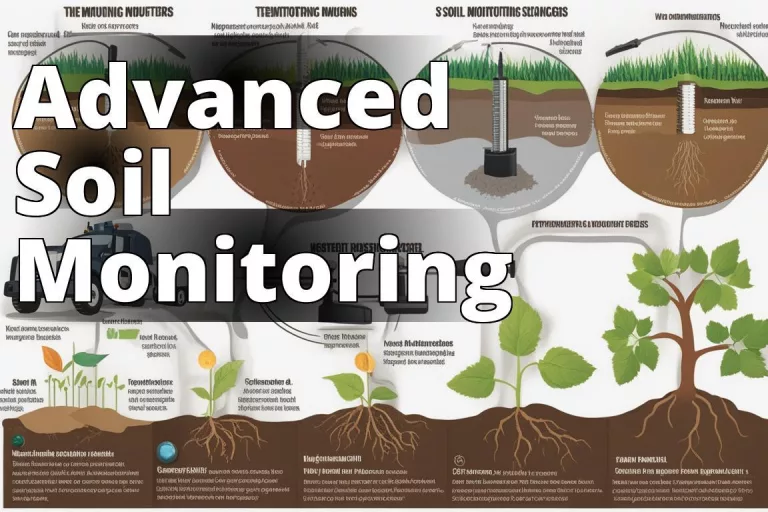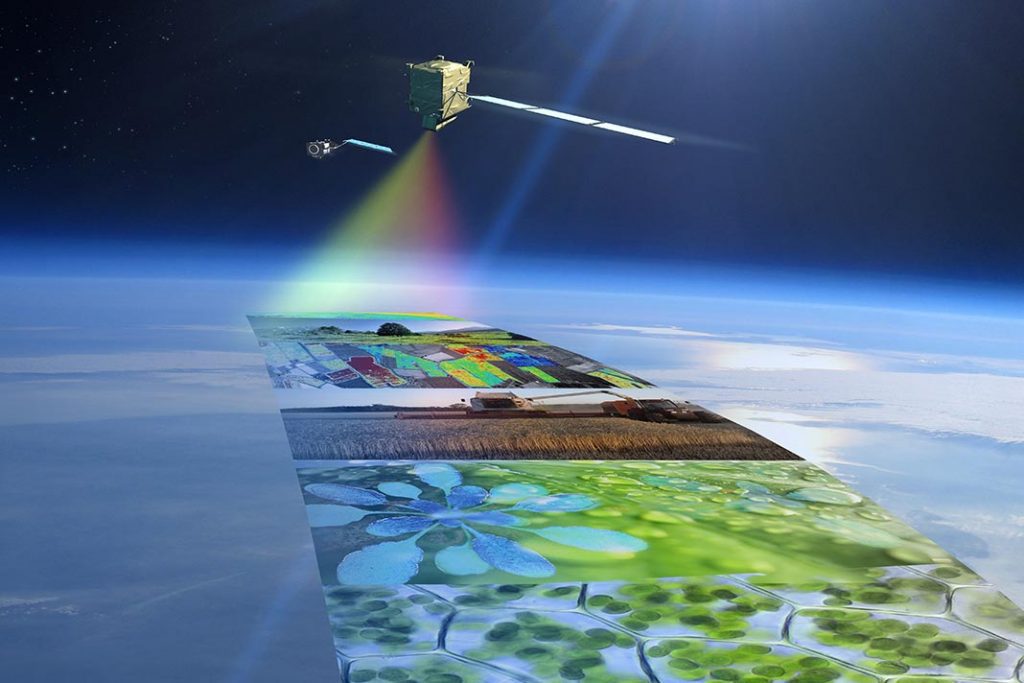Soil quality isn’t just an agricultural concern; it’s the very foundation upon which all terrestrial life depends. In a world grappling with the impacts of climate change, soil monitoring technologies are not merely tools; they’re lifelines. They offer a chance not only to understand but to heal and enhance the ground beneath our feet. This exploration isn’t about skimming the surface but diving deep into the tech that’s redefining our relationship with the earth.
Learn about Soil Quality Monitoring Technologies
- Understand the importance of monitoring soil health and its different aspects like moisture, temperature, compaction, nutrients, and pH.
- Discover soil sampling and analysis tools, testing laboratories, and related resources.
Soil Monitoring Technologies
Soil Health
Let’s talk about soil health, a complex component that involves various factors, including biodiversity, organic matter levels, structure, and the capacity to retain water. Soil health monitoring technologies have evolved from simple manual testing kits to sophisticated sensors and satellite imagery. For instance, I remember my grandfather using a basic pH testing kit on his farm. Fast forward to today, where drones equipped with hyperspectral cameras provide detailed soil health data, including potential diseases or deficiencies. This leap in technology underscores a critical point: maintaining soil health is paramount for sustainable agriculture.
Insider Tip: Experts recommend integrating IoT sensors with drone technology to achieve real-time, comprehensive soil health data.
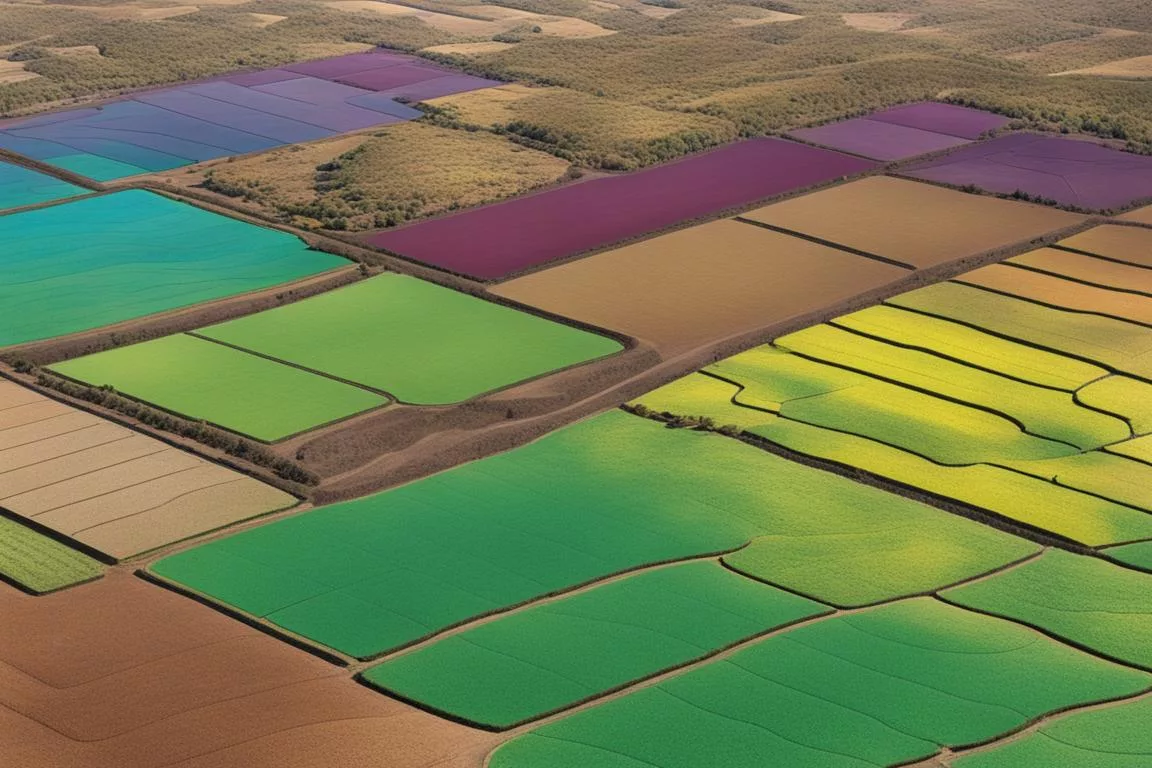
Soil Moisture
Soil moisture isn’t just about how wet or dry the soil is. It’s a crucial indicator of soil health, affecting everything from nutrient availability to microbial activity. Advanced soil moisture sensors now provide precise data, enabling farmers to optimize irrigation, reducing water usage and enhancing plant growth. These sensors, varying from capacitive to tensiometric, offer insights that were previously unattainable. My first encounter with a soil moisture sensor was eye-opening; it was like the soil was communicating its needs directly to me.
Soil Temperature
Temperature affects soil chemistry, seed germination rates, and root growth. Modern soil temperature sensors help fine-tune planting schedules and irrigation. The difference between soil at the right temperature and soil that’s too cold or hot can mean the difference between a bountiful harvest and a disappointing yield. Personal experience taught me the importance of this when a cold snap devastated a well-tended crop, a loss that could have been mitigated with better soil temperature data.
Soil Compaction
Compaction restricts root growth, decreases aeration, and impairs water infiltration. Technology now allows for the monitoring of soil compaction using penetrometers and other sensors, which provide actionable data to mitigate compaction through targeted interventions. The first time I used a penetrometer on a field thought to be “healthy,” the results were a wake-up call to the unseen stresses our agricultural practices can impose on soil.
Soil Nutrients
Nutrient management is a cornerstone of soil health. Advanced soil nutrient sensors can detect levels of key nutrients like nitrogen, phosphorus, and potassium in real-time. This technology has revolutionized fertilizer application, shifting from a blanket approach to precision agriculture. The shift towards such targeted fertilization not only supports plant health but also minimizes environmental impact.
Soil pH
Soil pH plays a pivotal role in nutrient availability and microbial activity. pH sensors now offer accurate, on-site readings, which empower farmers to adjust their soil management practices swiftly. Adjusting soil pH based on real-time data can significantly enhance crop yield and soil health over time.
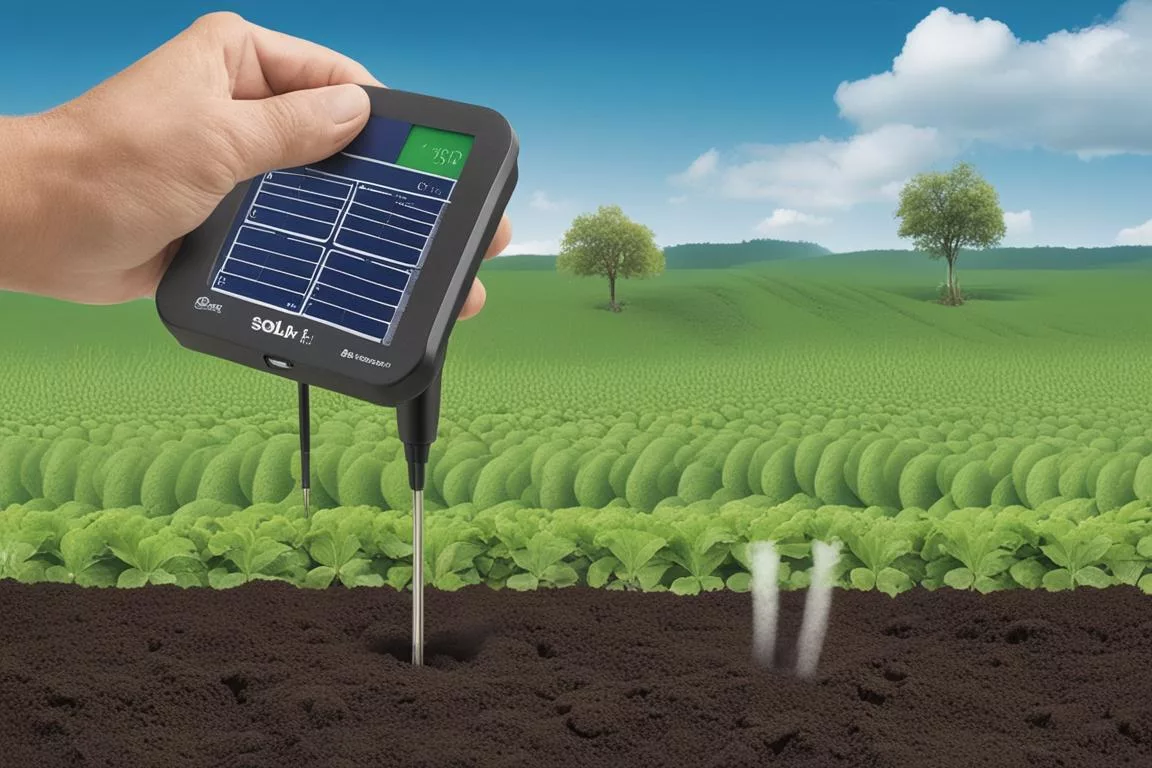
Soil Sampling and Analysis Tools
Beyond sensors, soil sampling and analysis tools have seen significant advancements. Automated soil samplers reduce labor and ensure consistent sample depth and volume, enhancing the accuracy of subsequent laboratory analyses. The integration of GPS with soil sampling tools has further refined the precision agriculture landscape, enabling site-specific management practices that were once the stuff of science fiction.
Soil Testing Laboratories
The role of soil testing laboratories has evolved alongside technological advances. These facilities now employ a range of sophisticated analytical techniques, from mass spectrometry to molecular diagnostics, providing detailed insights into soil health that go far beyond basic NPK assessments. Such detailed analyses are critical for diagnosing specific soil health issues and tailoring interventions accordingly.
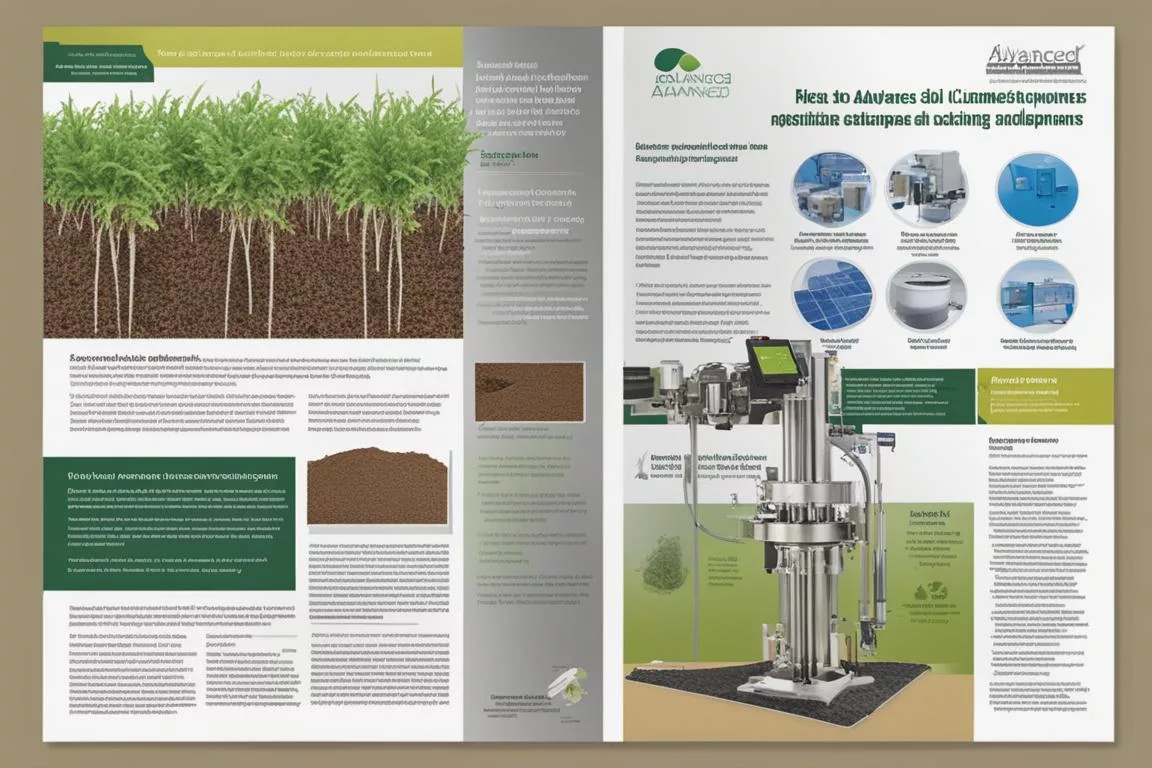
Related Resources
To deepen your understanding of how technology intersects with environmental conservation, consider exploring these related areas:
- Water Quality Monitoring Technologies
- Air Quality Monitoring Technologies
- Sustainable Agriculture Technologies
- IoT for Water Quality Monitoring
- Environmental Analytics for Assessing Ecosystem Health
- Water Quality Best Practices
- Big Data Technologies for Environmental Insights
- IoT Use for Environmental Monitoring
- Nanotechnology in Climate Solutions
- Environmental Big Data and Citizen Science
In conclusion, soil monitoring technologies are not just transforming agriculture; they’re reshaping our understanding and stewardship of the earth. From the humble pH test to drones and IoT sensors, the leap in capabilities is breathtaking. Yet, it’s more than just technologyit’s a growing recognition of the critical importance of soil health in the broader ecological and human context. As we continue to innovate, let’s remember the lessons of the past and the potential of the future, aiming for a balance that nurtures both the soil and the soul.
Q & A
Who develops soil quality monitoring technologies?
Soil quality monitoring technologies are developed by environmental scientists and tech experts.
What are soil quality monitoring technologies?
These are innovative tools that assess soil health, including sensors, drones, and satellite imaging.
How do soil quality monitoring technologies work?
They work by collecting data on soil nutrients, moisture levels, and other indicators to assess overall soil health.
What if I can’t afford soil quality monitoring technologies?
There are cost-effective options such as handheld soil testing kits or community-based monitoring initiatives.
How effective are soil quality monitoring technologies?
They are highly effective in providing accurate data for sustainable farming practices and environmental conservation.
What are the benefits of using soil quality monitoring technologies?
These technologies help in making informed decisions for sustainable land use, crop productivity, and mitigating climate change impacts.
Next Steps
Round Table Environmental Informatics (RTEI) is a consulting firm that helps our clients to leverage digital technologies for environmental analytics. We offer free consultations to discuss how we at RTEI can help you.
